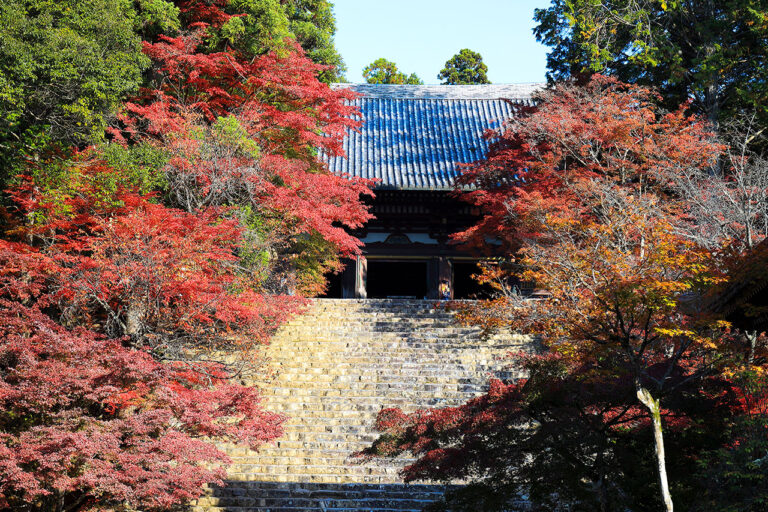
Jingo-ji Temple, a sacred site of Heian Buddhism built halfway up Mt.
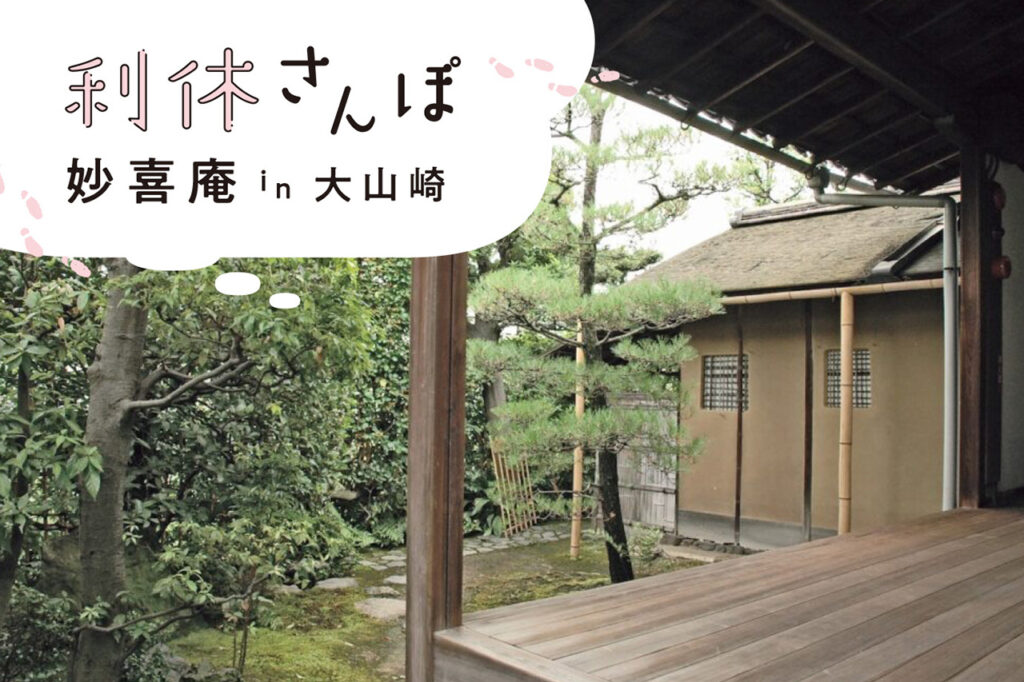

Myokian" of the Tofukuji School of Rinzai Zen Buddhism stands just outside the ticket gates of JR Yamazaki Station. The building remains almost unchanged from the Muromachi Period (1492-1501) when it was founded.
The "Waitan" at the back of the Shoin is one of the three National Treasures, along with the "Jyoan" at Yurakuen in Inuyama City, Aichi Prefecture and the "Mitan" at Daitokuji Temple in Kyoto City. It is also famous as the only existing teahouse in Japan that Sen no Rikyu was involved with.
We will guide you to the charms of Myokian, which has deep ties with Sen no Rikyu!
Sen no Rikyu, known as the "tea saint," was born into a merchant family in Sakai in 1522. He inherited "wabicha" (tea ceremony) from Takeno Shaowo, and developed the unique Japanese tea ceremony to a great extent during the Momoyama period. Rikyu was active in politics as a tea master (a profession specializing in serving tea) for Oda Nobunaga and Toyotomi Hideyoshi, who used the tea ceremony at that time. His descendants continue as the Sanzenke, a family of tea masters, and have had a significant influence on the modern tea ceremony.
From the Warring States Period to the Azuchi-Momoyama Period, people living in turbulent times found a spiritual home in the tea house. Sen no Rikyu created a new world of beauty by combining the Zen state of selflessness and the art of powdered green tea. Myokian is a symbol of Rikyu's mastery of wabicha (tea ceremony), in which he eliminated all that was unnecessary.
People from various fields such as architecture, design, and tea ceremony are said to visit from all over Japan to take a look at the "Waitan," the only existing tea house in Japan that Sen no Rikyu was involved in.
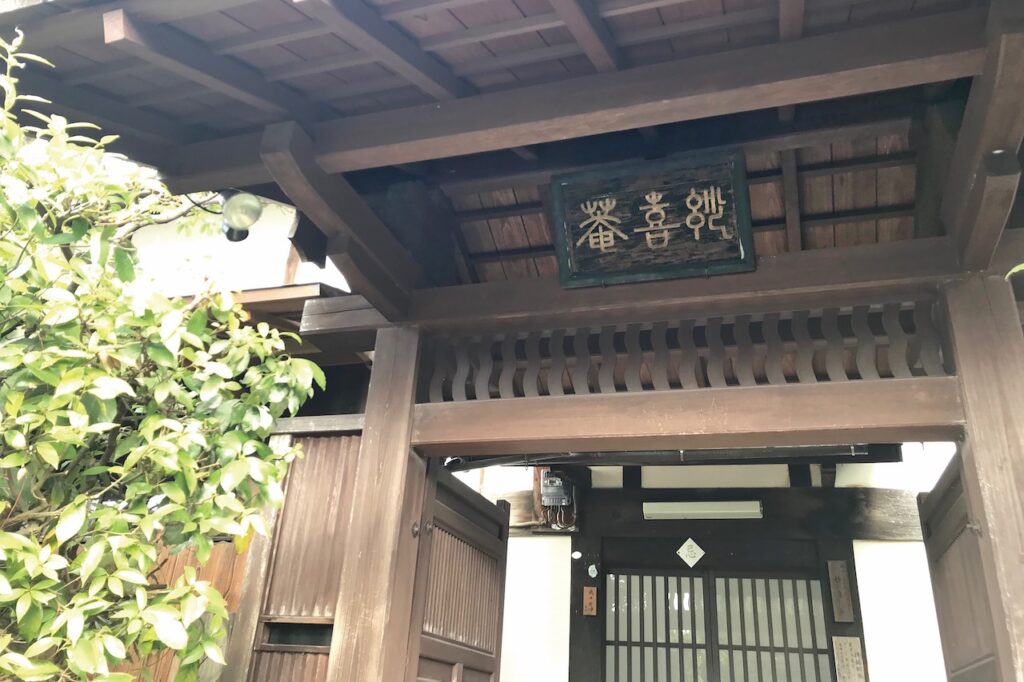
Myokian" has a tea ceremony room "Waitan" which was set up by Rikyu.

The first time this tea house was built was during the Warring States period, when the Battle of Tennozan took place. Toyotomi Hideyoshi lived in his Yamazaki residence for a while after the battle, and invited Rikyu to perform tea ceremony. The third generation monk of Myokian, Konshu, who was a disciple of Rikyu, assisted him during tea ceremonies. Standing in front of the Waitan, which was moved to this location in the Edo period (1603-1867), the first thing that strikes you is the space created to give you a sense of knowledge. Since Rikyu's master, Takeno Shaowo, the standard size of a tea room was four and a half tatami mats, but this room is only two tatami mats. The chief abbot, Mr. Shikou Takeda, says, "I make tea with all my heart and soul for the person in front of me. Perhaps they wanted to create such a space where guests living in a war-torn world could talk freely without worrying about their surroundings.
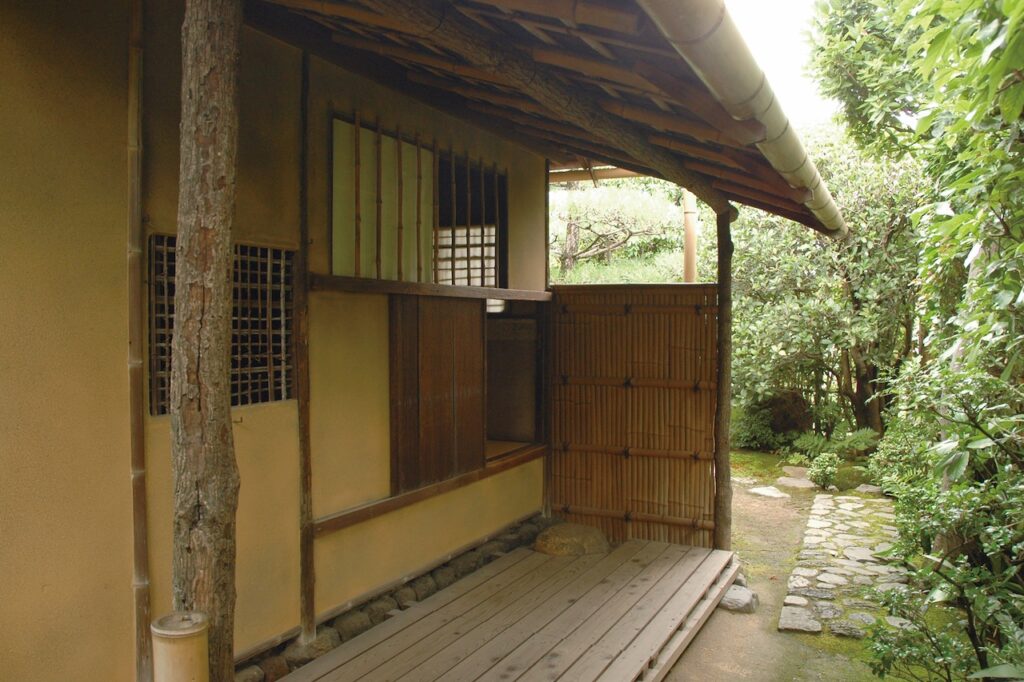
The "Waitan" tearoom was moved to Oyamazaki in the Edo period.

Every corner of the two-tatami-mat tea room is filled with Rikyu's aesthetic sense and profound wisdom, including the oldest part of the room, which is said to be slightly larger than today's, the hanging ceiling that makes the narrow space look larger, the lattice windows made of local bamboo, and the murodoko, which was designed to eliminate the boundaries between the alcove and the walls. I also sympathized with Rikyu's words, "Bamboo from Oyamazaki, reeds from the Yodo River, and cedar, which are available in this area and suited to the local climate, are used in the tea ceremony house. When you find it hard to see the small happiness around you, visit this place.
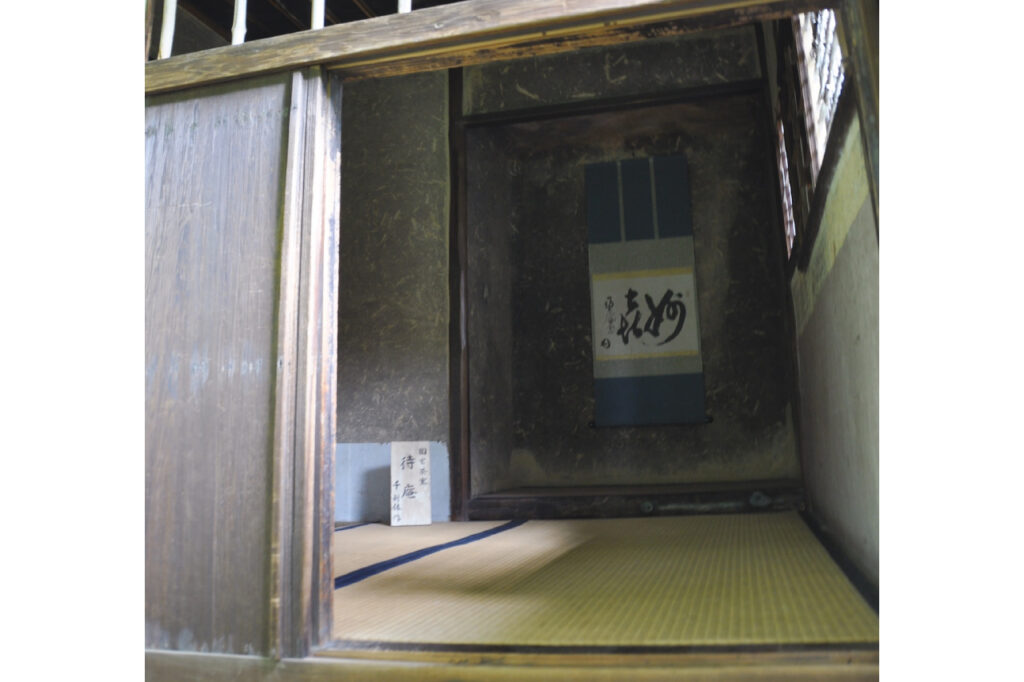
A peek inside the tea ceremony room through the doorway of the "Waitan," which is said to be the oldest.

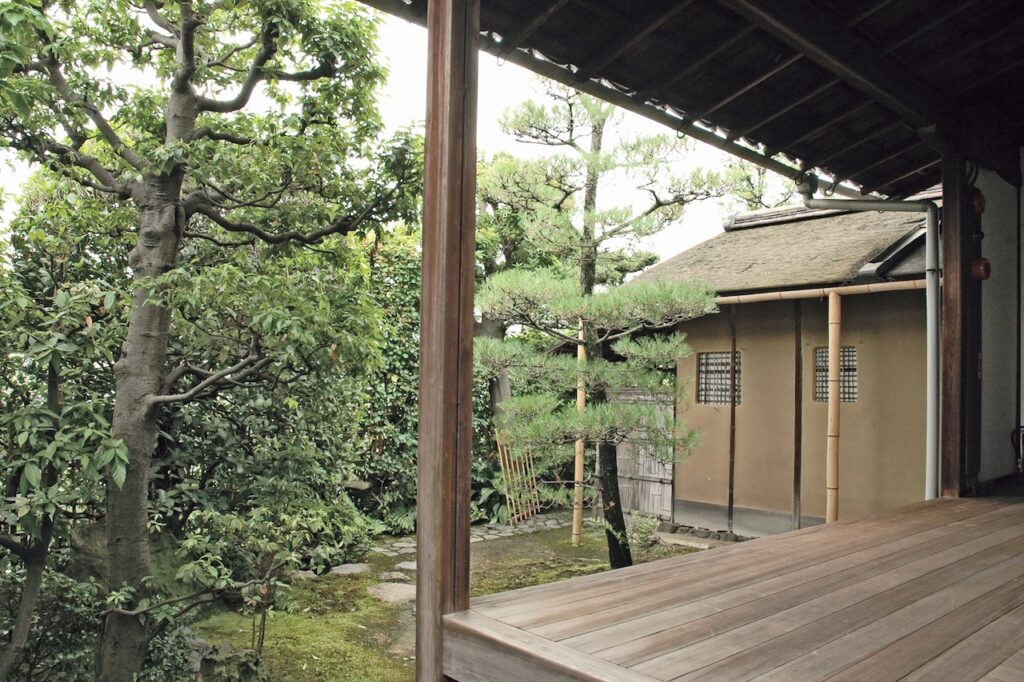

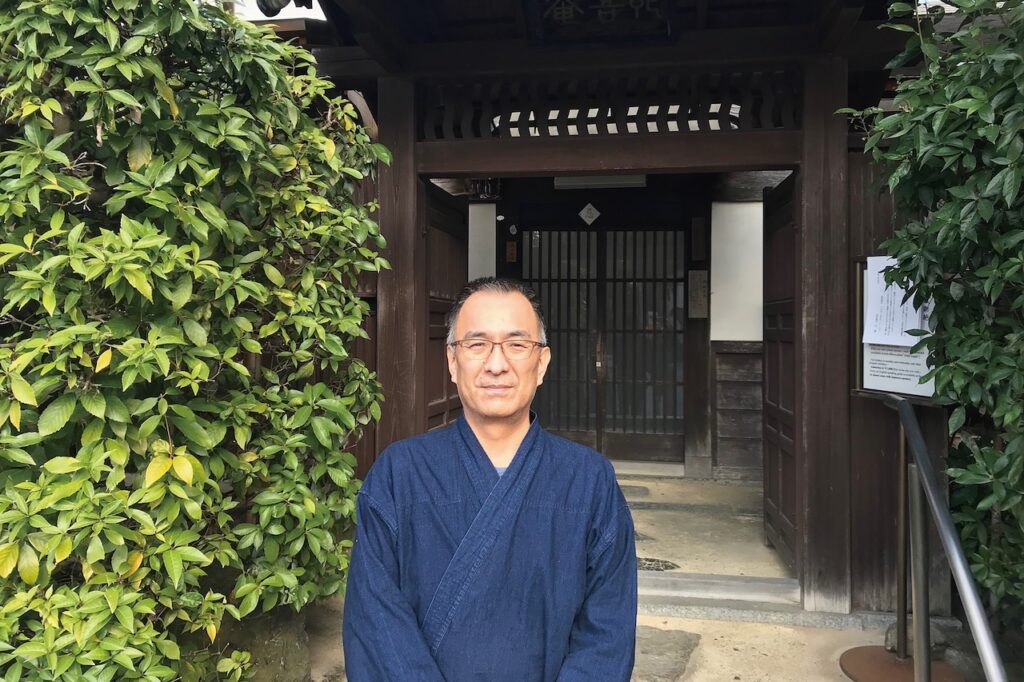
[Mr. Shikou Takeda is the abbot of Myokian.

Over 600 interviews per year! An order site carefully selected by the editors who knows Kyoto and Shiga.
nowOfficial LINE friend registration500 yen OFF coupon is being issued!
Distributed every Friday morning at 8:00 am! From new restaurant information to event information that we want to share with you, We deliver articles about Kyoto that are useful to know. About 20,000 people have registered.Click here to add a friend!
 News
News Feature article
Feature article Featured event
Featured event